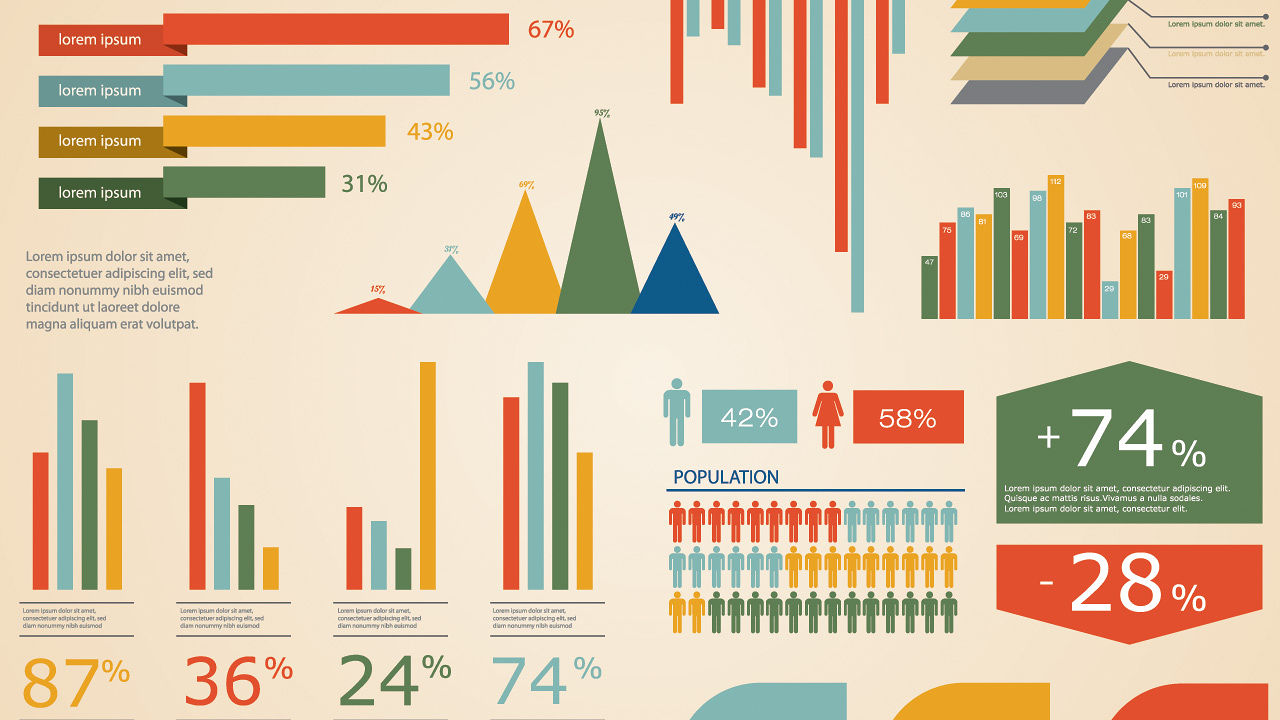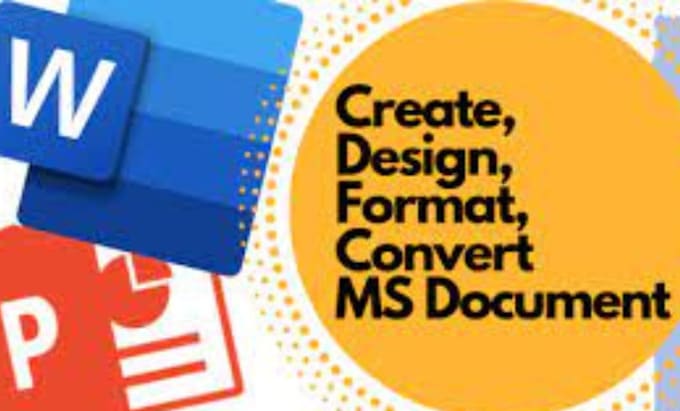

The following values are supported for type: The layout editor uses this value to open the appropriate editor to edit the property. typeĪ string value that specifies the property type. labelĪ string value that specifies the label displayed for this property in the layout editor's Properties pane. KeyĪ string value that specifies the property key. Construct the property definition object from the following values. Array of property definition object can be set to this field.

To add custom properties, a properties field is available. The data rows array, each item contains another array for the columns. The contents must be set to this element rows
#Layouteditor datatype code#
Oracle recommends using this ID as a prefix or suffix to the HTML element that the plug-in code generates. The system assures this ID is unique in the same template. The id is an assigned instantiated component ID string. Object which contains following information: id The render function passes the following parameters: context The render function renders the plug-in contents. (Optional) Component CSS class selector to identify the plug-in components. targetĪ true|false flag, when set to true, this plugin component receives the click event. sourceĪ true|false flag, when set to true, the click action against the component triggers the filtering of the other components. (string) The event identification, for example: "filter" or "showselection". (Optional) Array of the click event definition object. The tooltip message to display for the icon image. This field takes a URL that points to the icon image. The icon is the image that displays in the layout editor Insert menu to represent the plug-in. The following fields comprise the component object: name Oracle recommends using the reverse domain name to avoid any naming conflicts, for example: "". The plug-in definition JavaScript object has the following fields: id Call a single function with the plug-in definition object to enable the plug-in. If enabled, shapes on disabled layers are ignored and not stored during a OASIS save.The plug-in module file is a simple JavaScript file. Layer and layer/datatype combinations can be stored on different layers. If activated the layer mapping set in the LayerManager is used. By activating this option any regular polygon with more than 8 points will be saved as a circle element and not as a polygon. Circle are stored as regular polygons instead. Circles are not a basic element inside the LayoutEditor and not supported by GDSII. The OASIS file format allows to handle circles. Option: save regular polygon with more than 8 points as circle Compressed OASIS file are not always supported by other CAD software. If this option is enabled a compression algorithm is used to compress the files more. This option is similar to the Ctrapezoid option for normal Trapezoids. Disable it when you have tools not supporting the Ctrapezoid records or when you never have Ctrapezoids in your design to improve performance. Ctrapezoid will need marginally more computing time to handel. If it is, it will be saved as a Ctrapezoid record which will need less disk memory than a polygon. If this option is enabled it is checked before a polygon is written, if it is a Ctrapezoid. All options can be adjusted in the SetupDialog. There are some OASIS releated option in the LayoutEditor. If the layernames are present the LayoutEditor will adjust the layer setting during loading of the OASIS file. Optional the OASIS file format has the ability to save the layernames. With this mapping a combination of layer/datatype in the OASIS file can be mapped to a layernumber in the LayoutEditor. Optional it is possible to setup a layer mapping. By default the LayoutEditor keeps these number untouched. The OASIS file format stores a layer number to each element like polygon, path, etc. The OASIS files can be opened and saved with the normal file features. The OASIS file format is not as common as the GDSII file format. However, due to its internal structure, increased processor capacity is needed to parse these files and that can nullify performance gains conferred by smaller file size. The smaller file sizes may result in faster loading of OASIS files. Its improvements is a smaller file size over GDSII file format. Like GDSII, OASIS is a hardware- and software-independent binary data format. It is developed by SEMI for microelectronics/fabrication industry as a replacement for GDSII format, the IC industry de facto standard for IC layout data exchange for more than three decades. Open Artwork System Interchange Standard (OASIS) is a specification for hierarchical integrated circuit mask layout data format for interchange between EDA (Electronic Design Automation) software, IC mask writing tools and mask inspection tools. OASIS (Open Artwork System Interchange Standard)


 0 kommentar(er)
0 kommentar(er)
